Lumbini Province
Tilaurakot misses out on World Heritage Sites list
India’s reservations, Nepal’s weak diplomacy blamed as bid to list Buddha’s childhood home fails. Expert say joint nomination with India could have helped.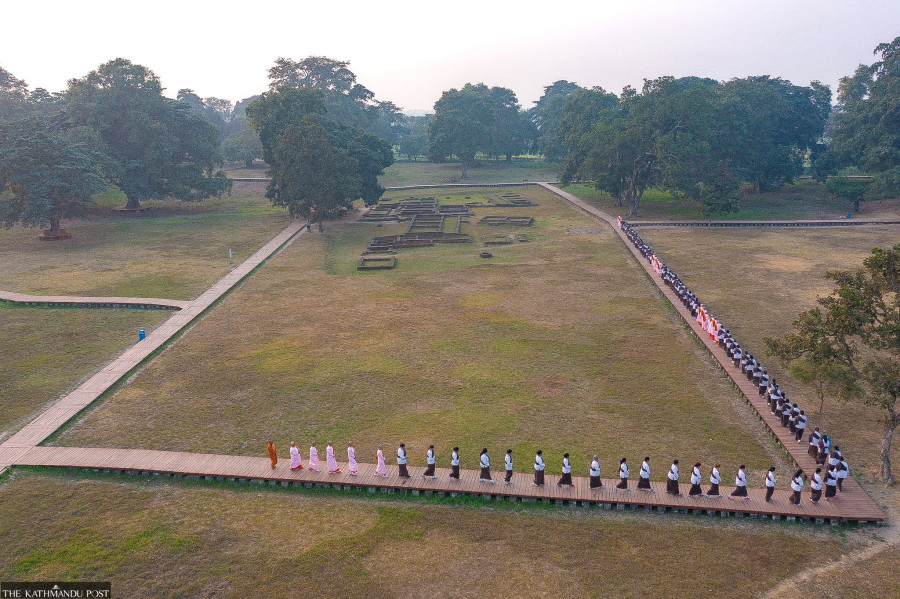
Manoj Paudel
Nepal’s bid to enlist Tilaurakot, the ancient capital of the Shakya kingdom and the palace where Siddhartha Gautam spent his princely life before he became the Buddha, on the UNESCO World Heritage list has ended in disappointment. The proposal was not approved during the 47th session of the World Heritage Committee underway in Paris, France.
Despite years of meticulous archaeological research and excavation, documentation and diplomatic lobbying, the proposal to list Tilaurakot (identified as the ancient Kapilvastu) was deferred by the committee based on a recommendation from the ICOMOS (International Council on Monuments and Sites), UNESCO’s primary advisory body for cultural heritage nominations.
Discussions began on Friday but failed to conclude, prompting a second round on Saturday morning. Ultimately, the proposal was not approved and no member country stepped forward with an amendment proposal in Nepal’s favour. Had even one nation done so, there might have been a chance of success, said a senior official from the Department of Archaeology, requesting anonymity. “It shows Nepal’s weak diplomatic initiatives to garner support in its bid to include Tilaurakot in the World Heritage Site,” said the official.
India’s Maratha Military Landscapes—also recommended for deferral by the ICOMOS—was eventually approved after Japan submitted a supporting amendment. In contrast, no such effort came forth for Tilaurakot.
“The result highlights Nepal’s weak heritage diplomacy. Despite sending a team led by Culture Minister Badri Prasad Pandey to Paris, our diplomatic engagement lacked effectiveness. Other countries like Japan and India have succeeded in pushing their sites forward through stronger international coordination,” said Sanuraja Shakya, member secretary of the Lumbini Development Trust.
Tilaurakot has long been a site of deep historical and religious significance. Excavations led by foreign and Nepali experts including British archaeologist Robin Coningham of Durham Univeristy—have revealed a walled settlement dating back to the 8th century BCE. Archaeological findings, such as structural remains, artifacts, and urban layout, match the descriptions of ancient Chinese pilgrims.
At the turn of the fifth century, travelling through South Asia, Chinese monk Faxian had described a flourishing city along what is today the Nepal-India border. Almost two hundred years later, Xuanzang, another Chinese monk and scholar, described seeing a similar flourishing kingdom.
Nepal formally submitted a nomination dossier for Tilaurakot on January 31 this year. Based on the findings and its historical as well as archaeological significance, Australian heritage expert Duncan Marshall with support from Coningham, Kai Weise, Yukio Nishimura, Yani Joshi and Basanta Bidari, prepared the nomination dossier for Tilaurakot. Marshall had previously prepared the nomination dossier for the Kathmandu Valley.
However, the ICOMOS raised several issues, recommending deferral. “ICOMOS goes into minute details. Unfortunately, we failed to address some key recommendations. This wasn’t a problem that could be solved by officials alone—it required coordinated state-level engagement,” said Himal Upreti, chief archaeology officer of Lumbini Development Trust.
Some observers also point to geopolitical tensions behind the scenes. India, a powerful UNESCO member with significant voting influence, has long been reluctant to acknowledge Tilaurakot as the definitive ancient Kapilvastu. Instead, it promotes Piprahwa and Ganwaria—archaeological sites near Siddharthnagar in Uttar Pradesh—as the Shakya capital.
“India’s reservations complicate matters,” said Gopi Krishna Sharma, a member of the Lumbini Development Trust. “Perhaps we should have pursued a joint trans-boundary nomination with India that included Tilaurakot, Piprahwa and Ganwaria. That would not only honour the shared heritage of the region but also strengthen the credibility and scope of the listing.”
Such trans-boundary World Heritage Sites do exist. The Wadden Sea, shared by the Netherlands, Germany, and Denmark, and Victoria Falls, recognised jointly by Zimbabwe and Zambia, serve as successful models of collaborative inscription.
Frustration is mounting among heritage experts and locals alike, who feel that three years of effort and significant investment have gone in vain. “Tilaurakot remains the most intact early Buddhist archaeological site in South Asia,” said senior archaeologist Bidari. “Science and history are on our side. Now it's a matter of improving strategy, refining the nomination, and re-engaging diplomatically.”
UNESCO had placed Tilaurakot on its tentative World Heritage list in 1996. Since then, multiple attempts to elevate its status have failed. The nomination was revived in 2023 with renewed political and institutional support, but this session has again ended in frustration.
Despite the setback, experts stress that all is not lost. “Lumbini itself failed twice before being listed in 1997,” Bidari noted. “Persistence is key. Tilaurakot will find its place—if not today, then tomorrow.”
The current UNESCO session, running from July 6 to July 16, is reviewing 32 nominations, including 24 cultural sites, 7 natural, and 1 mixed site. While some nominations have succeeded, Tilaurakot’s case serves as a reminder that heritage recognition is not just about history and archaeology—but also diplomacy, politics, and perseverance.
An archaeological survey of Tilaurakot started in 2013 has unearthed evidence suggesting that the sites described by the two ancient travellers align with what has been buried underground for centuries. During excavations in Tilaurakot in 2015, archaeologists unearthed 494 ancient “punch mark” coins in an earthen pot. And in 2016, archaeologists had found remnants of houses, roads, walls and wells after three years of digging. Similarly, post holes were also found in the area during the earlier excavation.




 11.12°C Kathmandu
11.12°C Kathmandu
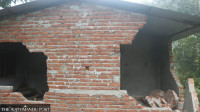

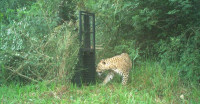


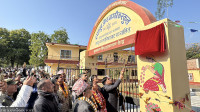
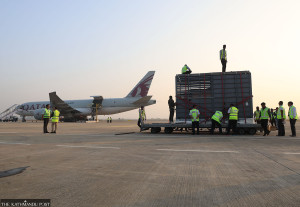
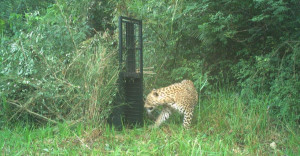

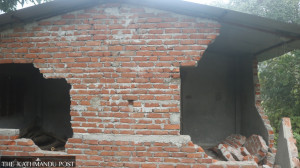


%20(1).jpg&w=300&height=200)

